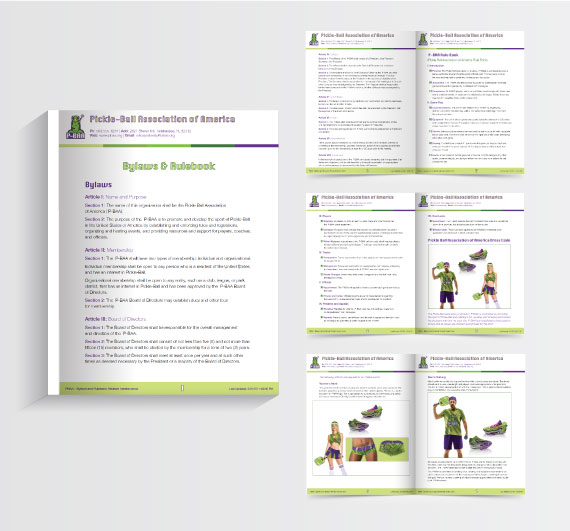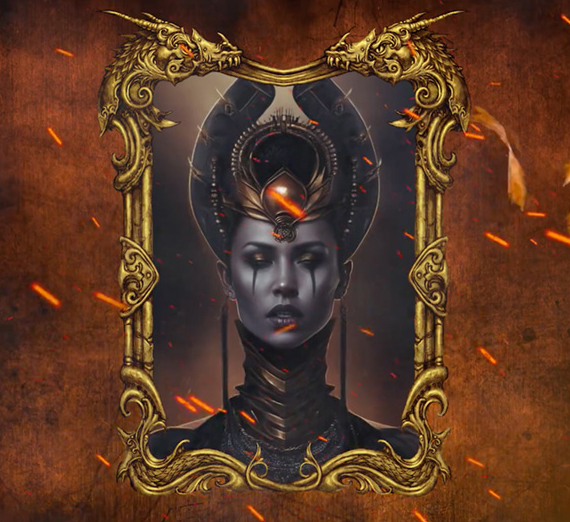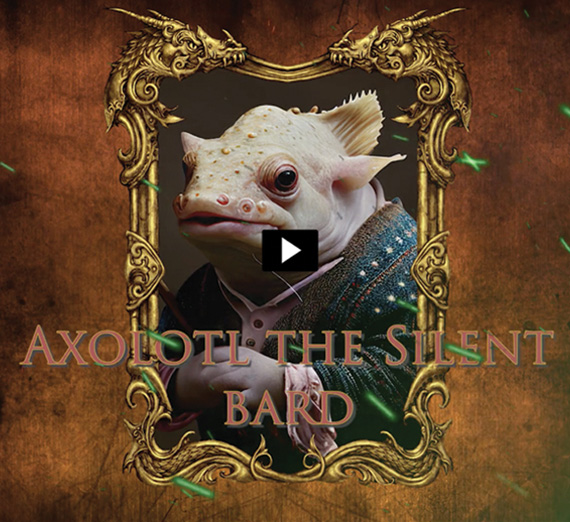Adapting My Online Classroom Engagement Strategy Based on Lessons Learned from ID&D

ID&D Backstory
I have been working in the online space for a long time. I took my first online course (Computer Assisted Language Learning) in the late 1990’s and started teaching for Indiana University’s online Masters in Instructional Systems in the early 2000’s (Instructional Media Design and Development). I also served as the online authority for Online Universities.com, creating content about online teaching and learning for several years before coming to Gonzaga University to guide our online graduate program development efforts. In that capacity I’ve taught online and hybrid courses for several different programs at all levels from undergraduate to doctoral. This isn’t a boast, but rather to establish that I’ve been doing, thinking about, and publishing about online learning for a quarter century, and our ID&D sessions have taught me something new, already.

ID&D Episode 001 & The Gathering
ID&D is a professional development initiative for our staff to teach the benefits of gamification for online learning and to help everyone understand the process of gamifying instructional materials. Over the years we’ve developed several simulations and role-playing scenarios for courses we have created. We’ve worked with faculty to create everything from a simulation of a zombie apocalypse to crisis management for a boot manufacturer. They have been good, maybe even excellent, but we can do better, hence the ID&D initiative. We have two staff members, Britt Harmon and Jim Ryan who both enjoy D&D and helped develop the idea for this training based on the game. It’s a straight-forward D&D approach with the addition of debriefs after each session to unpack the game mechanics and connect the play to our work in course design.
Gamifying a Course On The Fly

This semester, as we started playing our game, I was simultaneously developing a course for the Sports Management program here at Gonzaga that I would teach. The class is a graduate course on sports communication, and I had decided to gamify it through the creation of an elaborate simulation. Students in the course would be presented with the task of becoming the communications director for a new sports organization, the Pickle-Ball Association of America (P-BAA). The IDD staff and I created all the documentation, media, and materials we could imagine that a new league would need to get off the ground and provided that to students so that they would be able to jump right into their fictional role.
And then the course opened to 16 eager, thorough, and thoughtful graduate students who immediately began exposing the holes in the documentation and façade we had created for our fictional sports organization. In the first discussion board for the class, where students were asked to assess the situation, one student with extensive league management experience pointed out several gaps in the provided rule book and bylaws we had created. Several students outlined their processes for engaging and reigning in the larger-than-life CEO of the company, and still others expressed a need to see the organization’s financial statements. I’m going to address each of these three challenges individually to demonstrate how our ID&D gamification training is already helping a seasoned online course designer and teacher overcome them. I’ll save the engagement with the company CEO for last as an example of how instructors can use this methodology to engage with students in real time to keep a course on track.
Bylaws and the Rule-Book
Due to development constraints and the time needed to generate the reams of paper needed to provide the class with comprehensive Rule Books and Bylaws, I went with a more bare-bones approach and provided the bulk of information around issues I knew the students would need to address in the class, assuming that they would focus primarily where directed. With so much experience, I should have known that graduate students would pore over all available information and find the gaps. So how to address the situation? For starters I created a “P-BAA Questions” discussion board, where students could post their questions or requests for additional documentation, and I could provide it as needed. In this way, I supplement the information they were provided and collect it in a single location for future course revisions.

P-BAA Financials






Similar to the shortfall of details in the bylaws and rule books, I didn’t even provide financial details for the organization. Thinking back to on my planning process I’m both surprised and not surprised that I overlooked this detail. I’ve primarily worked for large organizations where the financial management was completely separated from my functions except for managing a departmental budget. My solution for this challenge, based on the sponsorship information provided to the class and the imagined background of the CEO, was to quickly fabricate a back story about the CEO and his family connections that would provide the students an effectively unlimited budget for their role as communication director. I used the course announcement area and the Q&A section to disseminate that information, effectively acting as Dungeon Master and adding details and directing the story about this organization as the need arose.
Being Chad Fallworth III
When designing the class I created a larger-than-life CEO character, Chad Fallworth III, made even larger by the acting prowess of IDD staff member Clement Lye who both brought the script to life and took it to another level. Chad’s media was scripted to be delivered to students at very specific points in the course to prompt them to action. To use the D&D terminology, he was intended to be a non-player character (NPC) who provides information but isn’t truly interacted with. Because of the characterization portrayed by Clement making Chad both incredibly engaging and controversial/challenging, the students immediately began planning how they would actively engage him, coach him, and change him to fit their communication needs. Needless to say, that’s not how NPCs work in D&D, but I immediately saw that this would be a critical need for the students to be successful. Short of asking Clement to create weekly or even daily videos to engage with the students, I settled on a plan to use the announcements tool to “play Chad” and respond to students’ needs, questions, and suggestions as they arose in the class. I have effectively taken the DM role in this course and am playing along with the students guiding their adventure.
Lessons Learned
From my dual perspective as the course designer and instructor I am seeing a new way to actively engage with students in an asynchronous class. The class was designed, as almost all of our graduate courses are, to stand on its own with the instructor’s main role being to provide feedback on students’ work as it progresses. While that occasionally includes answering content or logistical questions, the process of managing this course has demonstrated how faculty/student engagement can be taken to another level simply by leaving gaps in the material and pushing the students to ask questions of the instructor. The instructor, for their part, needs to stay on top of the discussions and questions and be ready and willing to use their imagination to fill in the blanks. Following this unanticipated methodology has moved the class closer to an in-person delivery modality while still preserving the use of rich media and flexibility of an asynchronous course.
We’ve just started our ID&D journey, but the adventure and learning have already invaded my professional life in interesting and useful ways. Learn more about ID&D by following our VLOG on the IDD website.
- Academics
- School of Education




